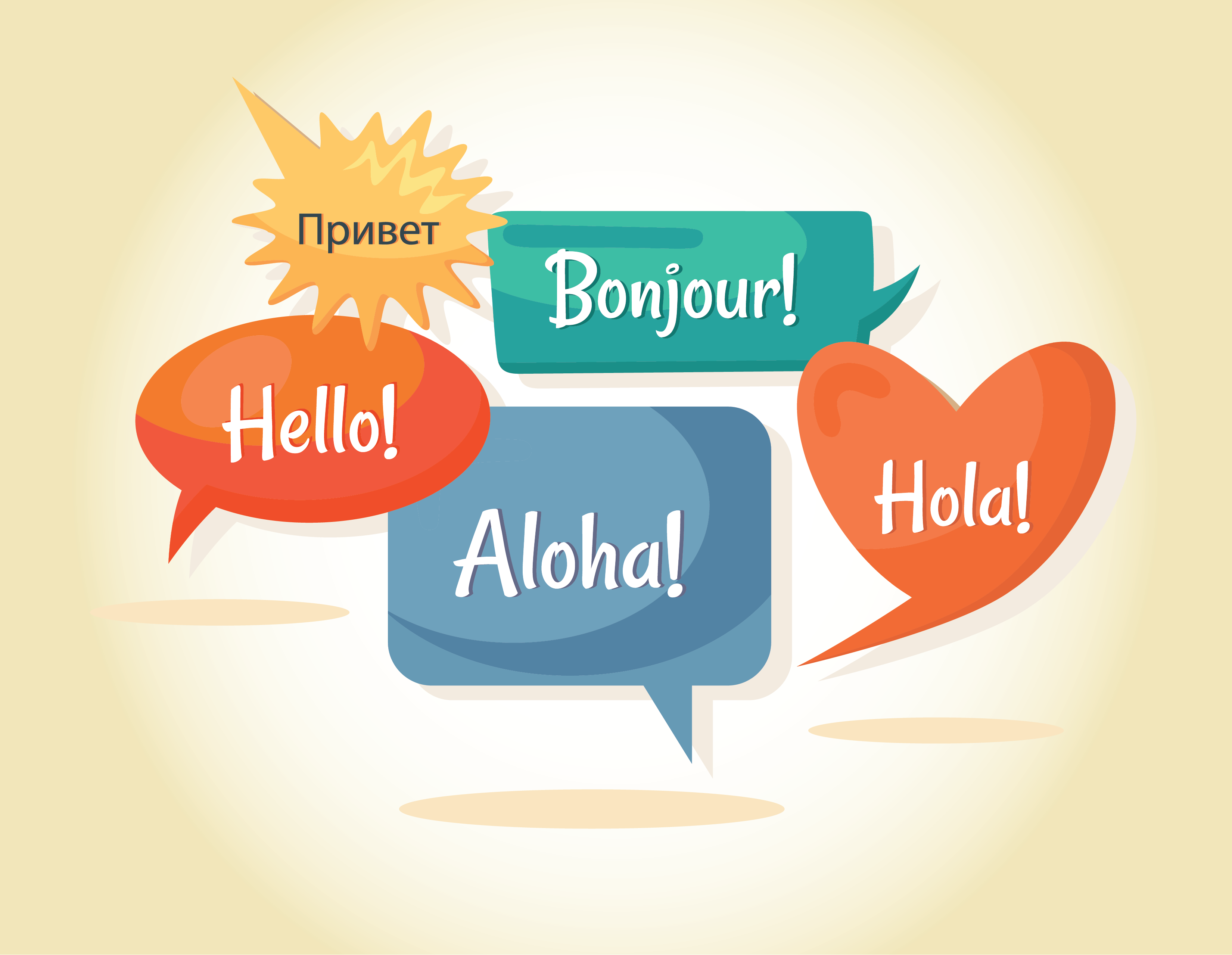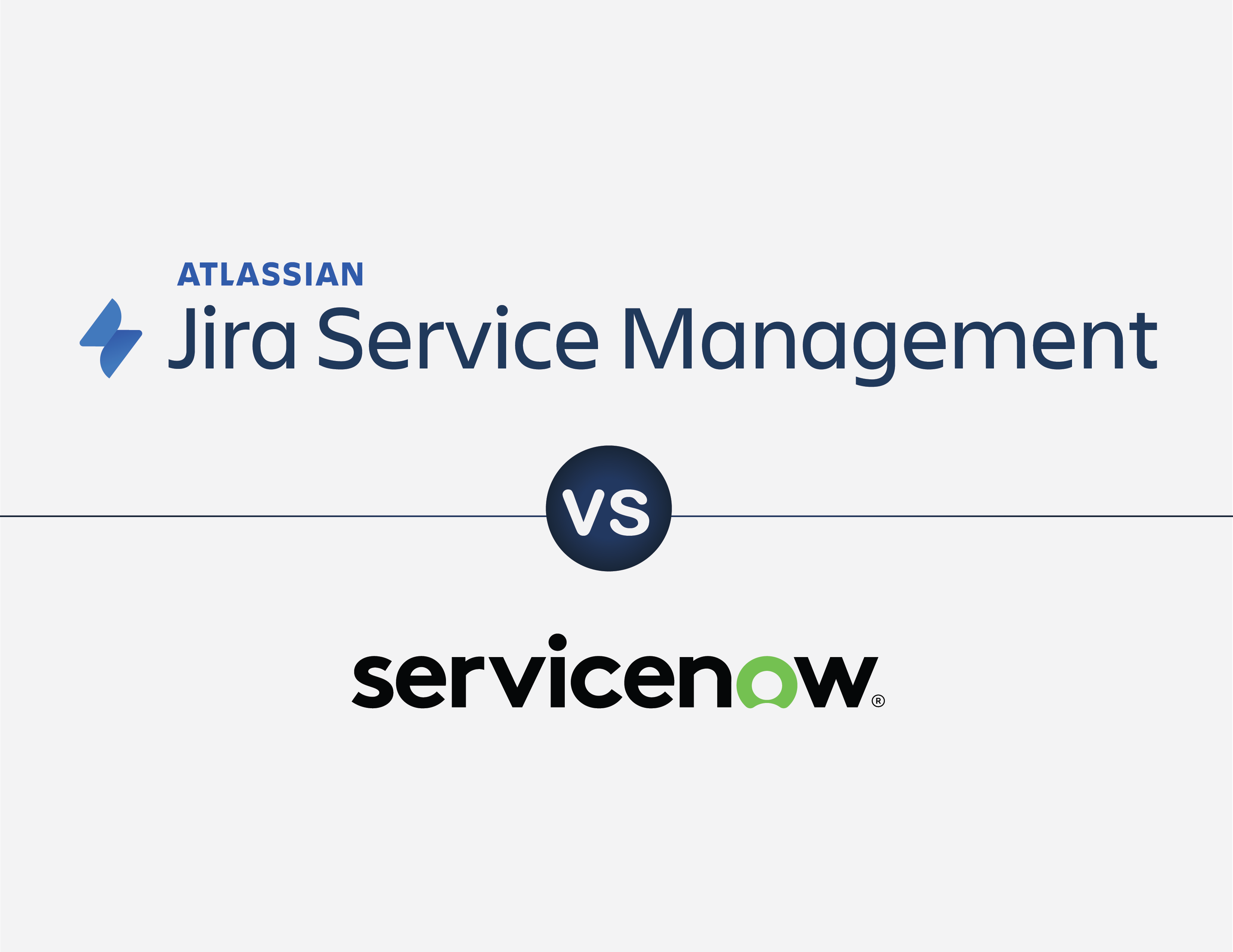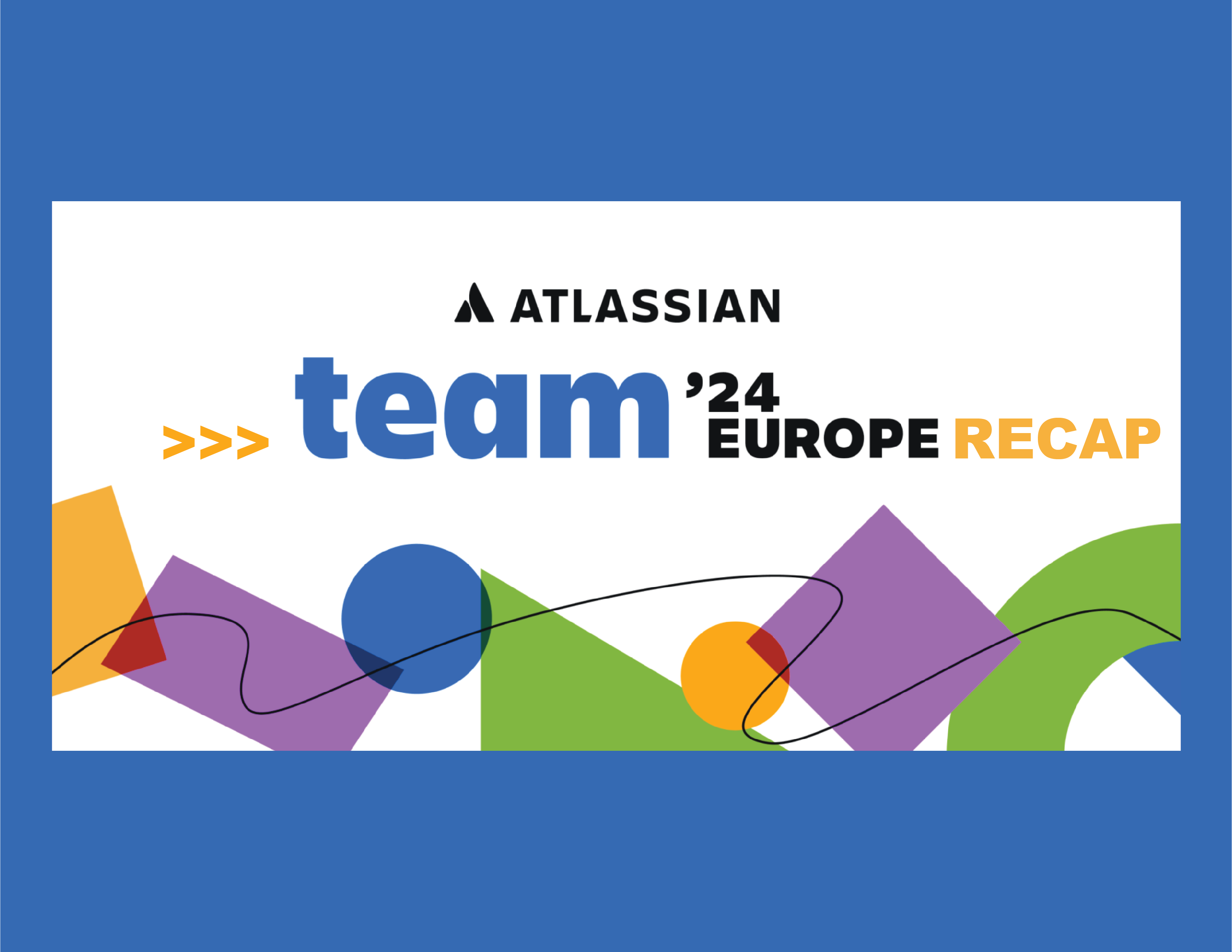REVOLUTIONIZING APP LOCALIZATION WITH CHATGPT
By Vincent Mutambuki
As we continue to serve a global user base, we've recently taken a major step forward by introducing support for 14 languages on our apps. What’s even more remarkable is that we achieved this feat using OpenAI's ChatGPT. In this blog, I’ll walk you through our journey and the process of leveraging AI for translation, including an example of translating an English file into German.
Tackling the Localization Challenge
One of the significant hurdles for any global application is language localization. We needed to ensure our app UI supports various languages while adhering to Atlassian Connect architecture and Atlassian Datacenter practices for representing international languages in Jira.
Manually translating every text string is a monumental task, especially while maintaining accuracy and quality. With an increasing number of languages to support, we needed an efficient and scalable solution. One of our apps, Checkout for example, has over 1500 lines of text. These range from single word labels to full instructional text.
Introducing the AI Solution: ChatGPT
This is where ChatGPT, an advanced language model developed by OpenAI, comes into play. Trained on a vast amount of internet text, ChatGPT can generate human-like text based on input. And yes, it can translate too!
ChatGPT can handle translating English text into various other languages, while retaining the context and tone of the original text. We decided to integrate this powerful tool into our translation process.
Our Translation Process
Here’s a snapshot of how we translated an English file into German using ChatGPT:
File Preparation
We started by preparing our English language file with all the text strings needing translation. This file was the foundation for ChatGPT to work on.
Feeding the File to ChatGPT
Next, we fed the English language file into ChatGPT. Inputting the data in a format that the AI model understands and yields the desired output was crucial. We used the English sentences as prompts and asked ChatGPT to translate them into German.
Translation
Within minutes, ChatGPT processed our file and provided a German translation. The speed and quality of translation were impressive. It handled complex sentences, industry jargon, and nuanced language effortlessly.
Review and Integration
Despite ChatGPT's high accuracy, we ensured our applications met our quality standards. Our team reviewed the translated content for any necessary tweaks. Once satisfied, we integrated the translated files into our application, adhering to Atlassian’s best practices.
The Outcome and Future Prospects
The result is a highly localized version of Checkout and Abacus for our German-speaking users, achieved with minimal manual effort and maximum accuracy. The efficiency of the translation process allowed us to quickly support multiple languages.
Our journey doesn’t end here. With ChatGPT, we have a scalable solution that grows with our needs. As we expand our language support, we are confident in providing a truly localized experience for all our global users.
Using AI in app localization demonstrates the immense potential of artificial intelligence in bridging language barriers and enhancing user experiences worldwide. We’re thrilled about this integration and look forward to further leveraging AI to improve our applications.
As noted by Atlassian, AI is fundamentally changing work for the better, augmenting our capabilities and allowing us to achieve feats like deploying multiple languages swiftly and efficiently. Atlassian Intelligence brings the power and magic of AI into Atlassian’s Cloud products.
Stay tuned for more updates as we continue this exciting journey of innovation and localization. Thank you for your continued support and feedback! Contact us to learn more about our services and products!
Recent posts
-
AtlassianOct 25, 2024
-
AtlassianOct 21, 2024
-
AIAug 13, 2024


